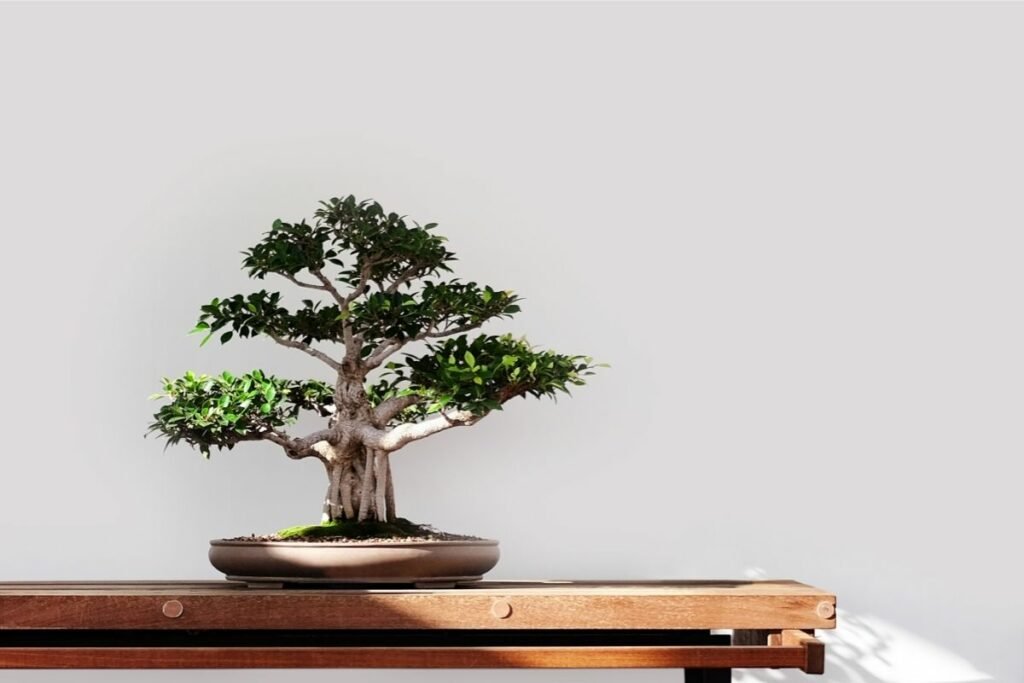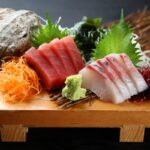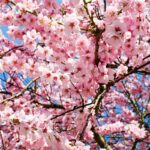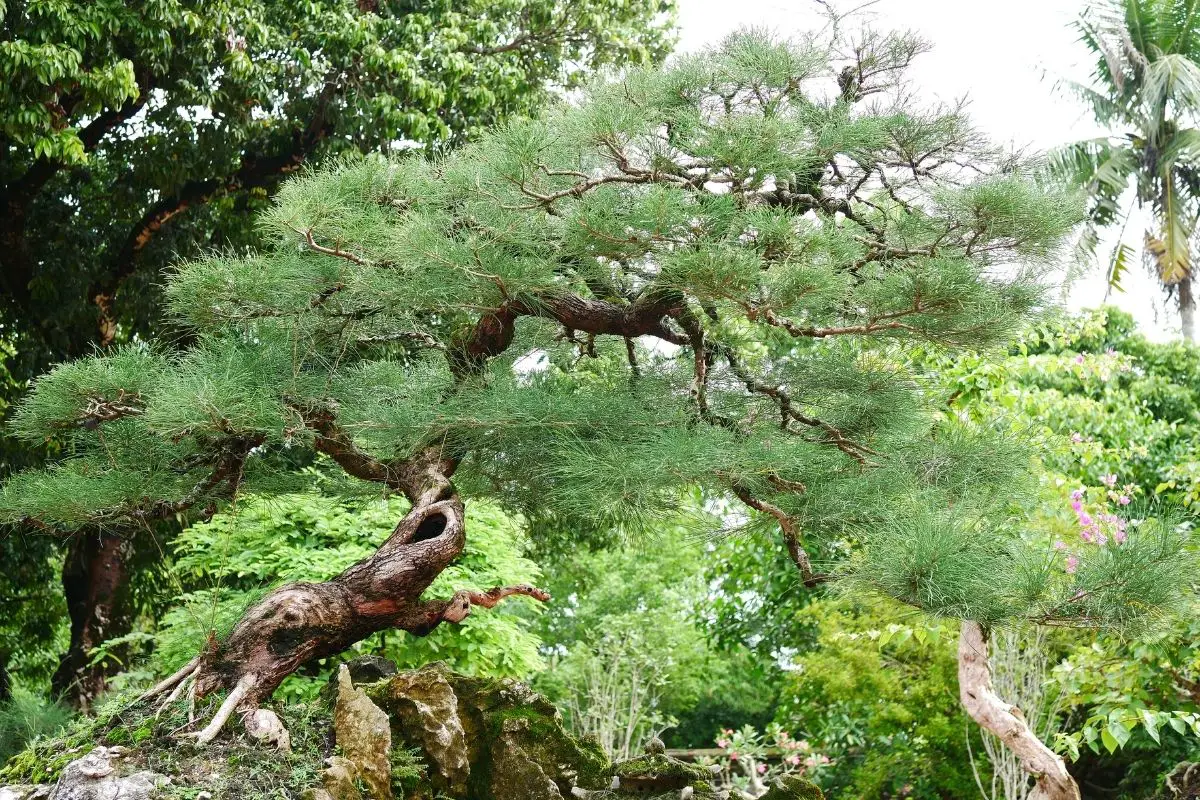Bonsai trees are incredibly popular all around the world and are known for their compact designs and stylish form.
If you take an interest in plants, you may have come across bonsai trees before as they are often found in florists or gardening stores.
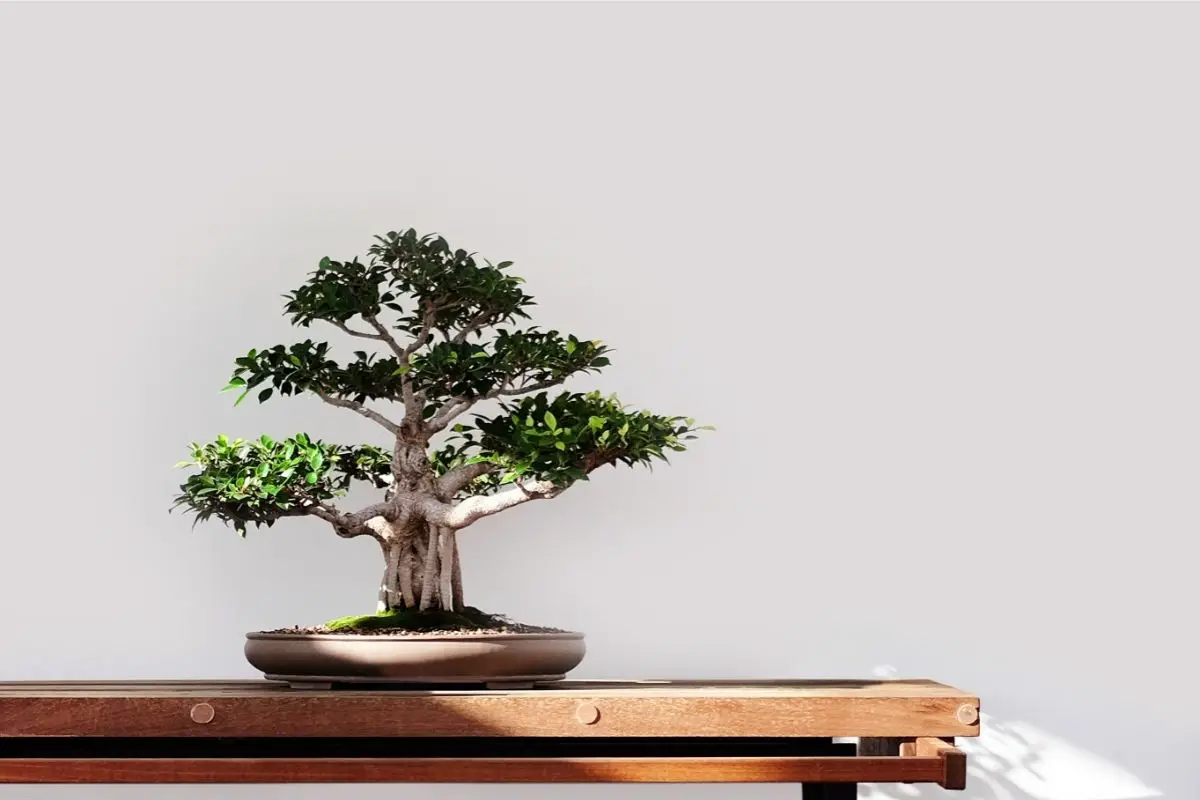
What a lot of people don’t know is that bonsai trees have a rich history that is extremely interesting, especially if you are interested in them. A question that is often asked is, are bonsai trees real?
Bonsai trees are small versions of trees that you can have indoors, which is why they are so popular with horticulturalists. As they are miniaturized versions of fully grown trees, they seem like they are fake trees.
So, are they real? We have all of the information for you here.
Any questions you have about bonsai trees, you will find them here. If bonsai trees still haven’t caught your interest, they most definitely will now!
What Are Bonsai Trees?
Bonsai trees, which were only known as miniature trees, were originally formed in China, but quickly spread to Japan where a new style was formed.
In China, people started to create miniature landscapes which were thought to be more magical the smaller they were.
The miniature trees were given as luxurious gifts, and then Japan started to develop its style of growing miniature trees, which was eventually called Bonsai.
Are They Real?
A bonsai tree isn’t a type of tree. Bonsai is the art in which the tree is taken care of. Any tree can be a bonsai tree, but some species are more popular than others.
As long as the bonsai tree is kept at a miniature size and is properly cared for, it is considered to be a bonsai tree.
You can get artificial bonsai trees if you don’t want to take care of a real one. Artificial bonsai trees still look as incredible as a real bonsai tree, but of course, it doesn’t have quite the same effect.
Styles Of Bonsai Tree
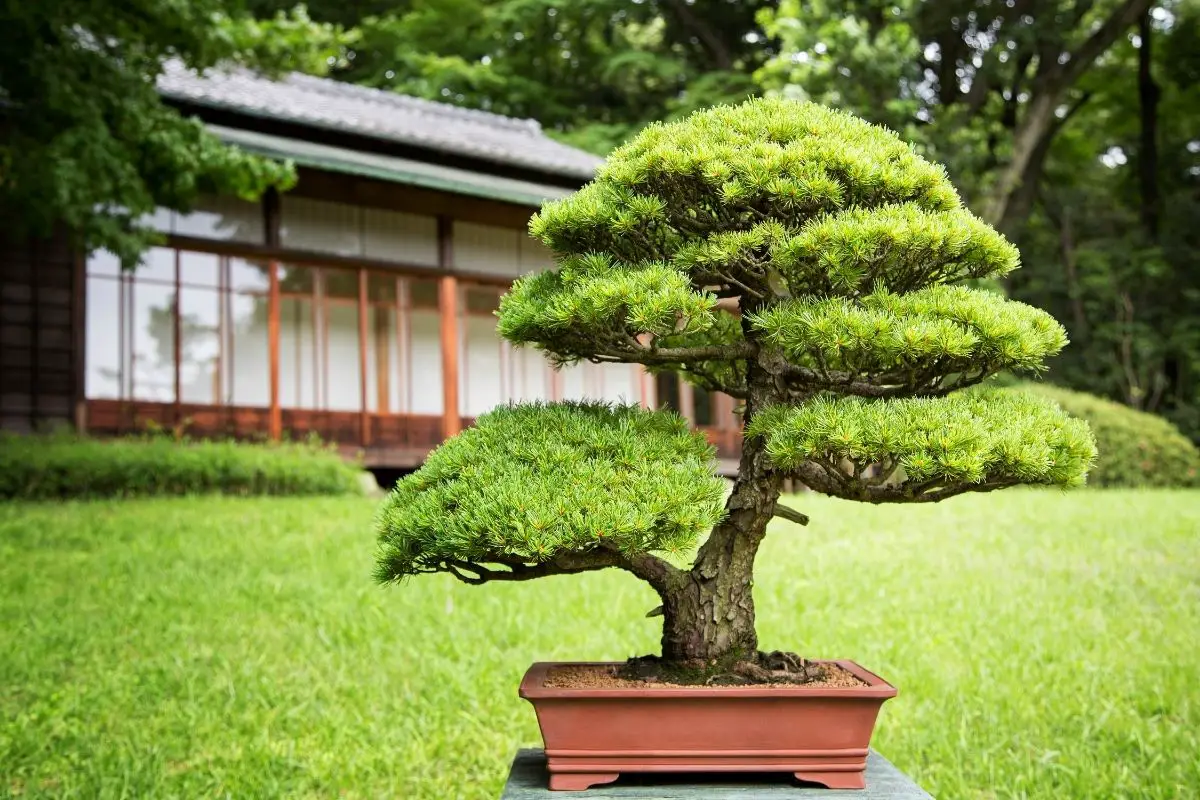
Although there are styles of bonsai trees, they are open to interpretation of how you want to style your bonsai tree.
The styles of bonsai trees are there for you to understand how to style miniature trees and the structures of traditional bonsai trees. Here are some of the structures for your bonsai tree.
Shakan: Slanted Bonsai Tree
One of the structures for your bonsai tree can be in the slanting position, where the tree is leaning towards a 60-80 degree angle.
This replicates a landscape where the wind has blown a tree to the side or when the tree needs to grow towards the sun after growing in a shadow.
To grow this tree to the precise structure, the roots on one side of the tree need to be more developed than the roots on the other side.
The more developed roots will keep the tree standing, whereas the other side where the roots are underdeveloped will cause the tree to lean, creating the slanting style.
The bottom of the tree needs to be thicker than the stop to support the structure, and the trunk can even be straight until it is gradually grown in a slanted position.
The first branch that grows on the tree is on the opposite side to the way the tree is leaning so that balance can be restored in the structure.
Hokidachi: Broom Bonsai Tree
If the tree that is being grown has lots of full branches, the broom style will work well when training the bonsai tree.
The trunk is upright and doesn’t grow straight up to the top of the tree as you are aiming for an effect where the top of the tree is completely made up of branches.
The trunk of the bonsai stops around ⅓ of the height of the tree as this allows the branches to begin to form in all directions so that the top of the tree is completely covered.
The branches will become the main feature of this bonsai tree, so they must be trained correctly.
If the branches are grown correctly, they will form a round shape on top of the trunk. As the branches are fine, it will almost look exactly like a ball, except made out of branches.
This style is suited for trees with lots of fine branches instead of a tree with hardly any.
Kengai: Cascading Bonsai Tree
The structure that you are aiming for the cascading bonsai tree is a downward structure where it replicates a tree in nature that may have had snow or rocks affecting its form.
The cascading structure can be difficult to train in a bonsai tree as the trunk naturally grows upright, not downwards.
To get the cascading effect with this bonsai tree, they are planted in tall pots where the tree grows upright but gradually begins to grow downwards.
The top of the tree should be perpendicular to the rim of the pot before the tree bends and starts to grow towards the ground.
When growing downwards, the trunk begins to form an ‘S’ shape where the branches alternate between the left and right to keep balancing the trunk so it isn’t too heavy on one side.
The branches grow horizontally to further support the trunk while keeping an equal balance.
Final Thoughts
To conclude, bonsai trees are real in the sense that they are existing structures, but they are not their species of trees.
The term ‘bonsai trees’ refers to the care and structure of the tree instead of the actual tree, and any type of tree can be used as a bonsai. As long as the structure is miniature, it can be classified as a bonsai tree.
Although there are styles of bonsai trees that you can replicate, it is up to you how you want your bonsai tree to be structured. You can get creative with the bonsai trees (see also ‘How Big Can A Bonsai Tree Get?‘) and make them look exactly how you want!

